
Embrace the Mysticism of Creation Spirituality
Great Silence
What Is Creation Centered Mysticism?
Creation Spirituality is nondual understanding that both immanence and transcendence are an essential unity. Its mysticism is not a fleeing from material reality for some other world, but finding that transcendent reality in this world, and in our own hearts, and in the connections within and among us. “Creation Spirituality is the idea that divinity permeates all things, and all things have the imprint of divinity, yet the sum of all things does not fully encompass the mystery of the divine.” (Sid Hall) We hold this paradox. Creation Spirituality mystic practices do not see the created world as opposite the spiritual world, but sees them as an interrelated whole, as a living scripture of Divine presence in all of creation, teaching us the many beautiful names of the Divine. The practices within Creation Spirituality, derived from our ancestors assist us in removing impediments within and help us release the illusions that anything is separate from God. They listen to what is spoken in creation, within, around, and among us, and celebrate that in stillness or fluid movement, in creativity and in transformation. Creation mystics of the many cultures and faiths have been and continue to be engaged all these practices found in the four paths of Creation Spirituality. Creation itself is our teacher, the first scripture written in the very cells of life.
Matthew Fox writes, “If all of Creation had been whispering the story of its own Spirituality for 13.5 billion years…we would call that story Creation Spirituality.” We are part of that story.
Below are some deeply ecumenical ancestors whose lives and works teach us the way today.
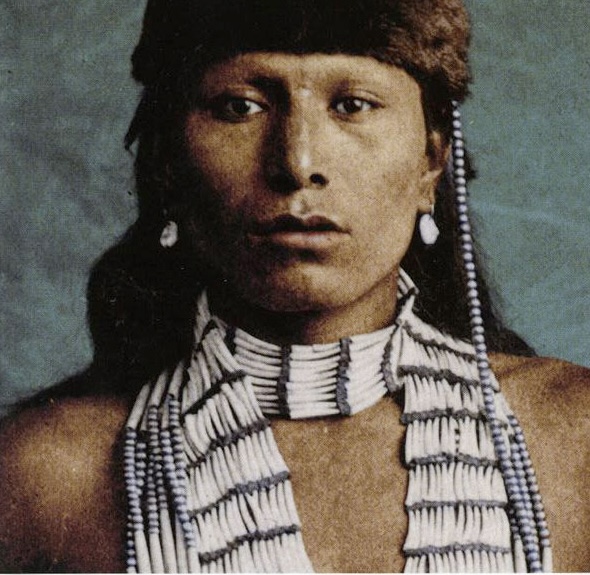
Black Elk
- Heȟáka Sápa, commonly known as Black Elk (baptized Nicholas; December 1, 1863 – August 19, 1950), was a wičháša wakȟáŋ (“medicine man, holy man”) and heyoka of the Oglala Lakota people. He was a second cousin of the war leader Crazy Horse and fought with him in the Battle of Little Bighorn. he was a ghost dancer and survived the Wounded Knee Massacre in 1890. He toured and performed in Europe as part of Buffalo Bill’s Wild West.
- Black Elk is best known for his interviews with poet John Neihardt, where he discussed his religious views, visions, and events from his life. Neihardt published these in his book Black Elk Speaks in 1932. This book has since been published in numerous editions, most recently in 2008. Near the end of his life, he also spoke to American ethnologist Joseph Epes Brown for his 1947 book The Sacred Pipe…Black Elk converted to Catholicism, becoming a catechist, but he also continued to practice Lakota ceremonies. The Roman Catholic Diocese of Rapid City opened an official cause for his beatification within the Roman Catholic Church in 2016. His grandson, George Looks Twice said, ‘He was comfortable praying with this pipe and his rosary, and participated in Mass and Lakota ceremonies on a regular basis'”. (Wikipedia)
“The first peace, which is the most important, is that which comes within the souls of people when they realize their relationship, their oneness, with the universe and all its powers, and when they realize that at the center of the universe dwells Wakan-Tanka , and that this center is really everywhere, it is within each of us."
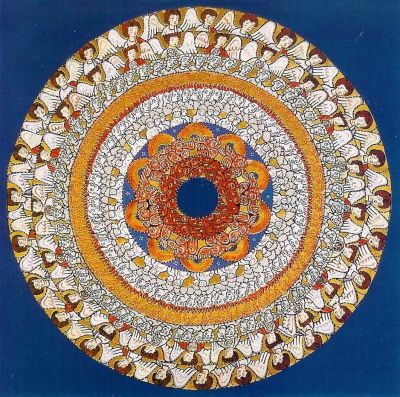
Hildegard of Bingen
Hildegard of Bingen (1098 – 1179) was a remarkable figure whose contributions to science, music, medicine, and spirituality continue to inspire people around the world. She is a Doctor of the Church because her writings and creative work are considered to timeless and true. Her innovative musical compositions, visionary painting, holistic approach to health, and profound spiritual teachings have left a lasting impact on history. Known for her visions and wisdom, Hildegard of Bingen’s legacy serves as a beacon of creativity, healing, and enlightenment for generations to come.
“The Word is living, being, spirit, all verdant greening, all creativity. This Word manifests itself in every creature.”
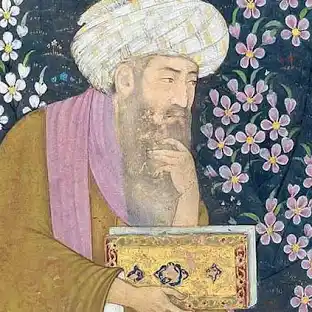
ibn arabi
Thomas Berry was a pioneering creation-centered mystic known for his deep ecological wisdom and his ability to weave together science, spirituality, and art. His creative vision and profound sense of justice inspired many to see the Earth as a sacred community deserving of respect and care. Berry’s work emphasized the importance of integrating both reason and the irrational, recognizing the value of intuition and imagination in understanding the world.
“The universe is a communion of subjects, not a collection of objects.”
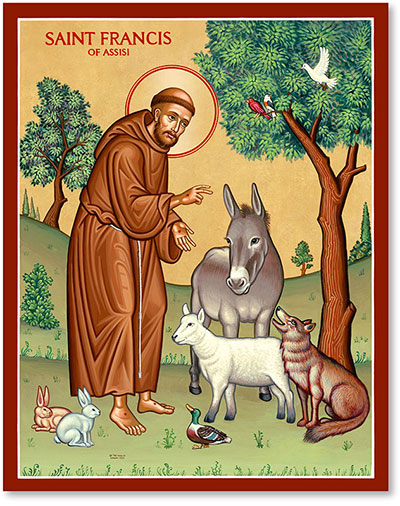
francis of assisi
Thomas Berry was a pioneering creation-centered mystic known for his deep ecological wisdom and his ability to weave together science, spirituality, and art. His creative vision and profound sense of justice inspired many to see the Earth as a sacred community deserving of respect and care. Berry’s work emphasized the importance of integrating both reason and the irrational, recognizing the value of intuition and imagination in understanding the world.
“The universe is a communion of subjects, not a collection of objects.”
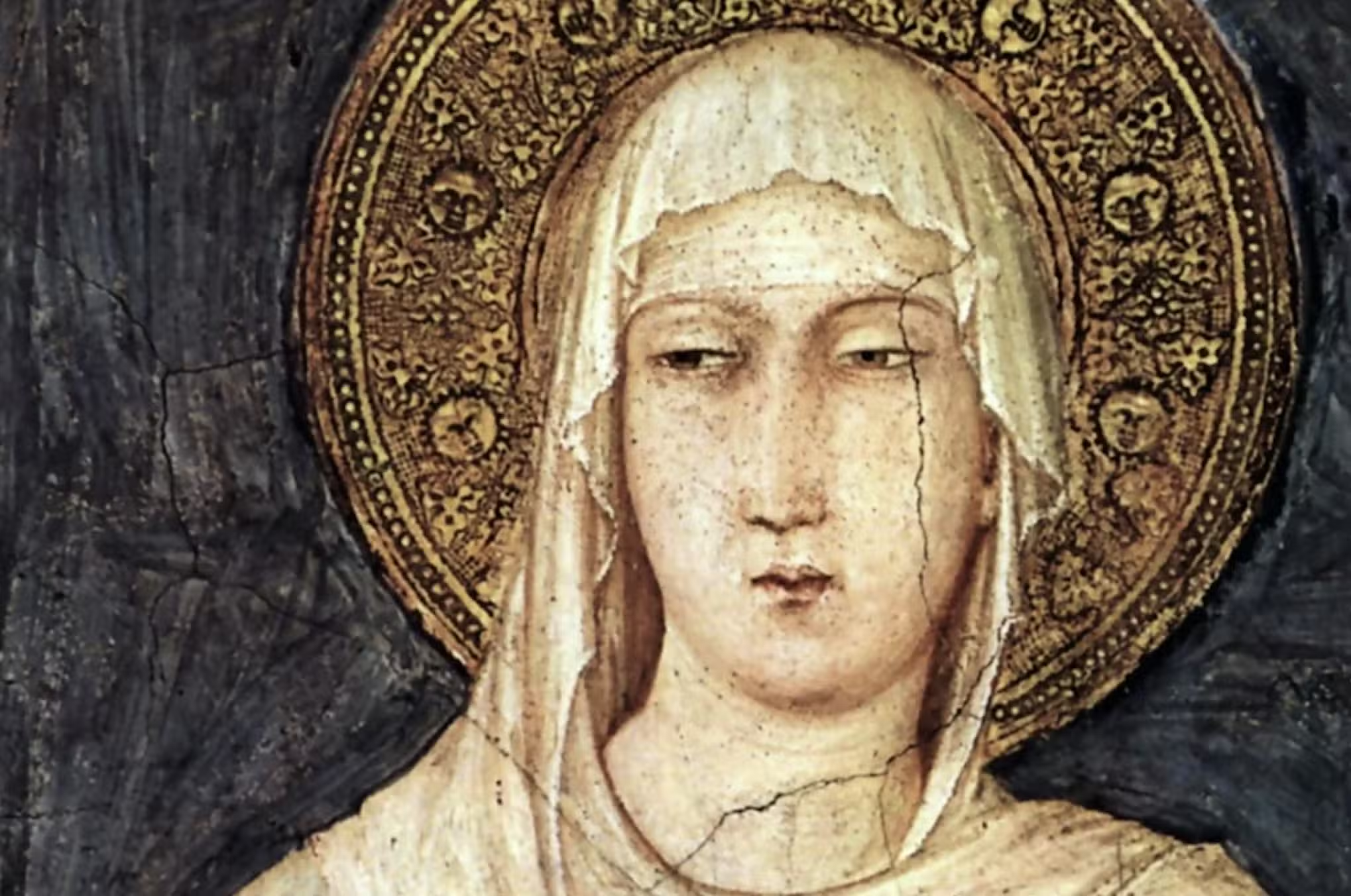
clare of assisi
Thomas Berry was a pioneering creation-centered mystic known for his deep ecological wisdom and his ability to weave together science, spirituality, and art. His creative vision and profound sense of justice inspired many to see the Earth as a sacred community deserving of respect and care. Berry’s work emphasized the importance of integrating both reason and the irrational, recognizing the value of intuition and imagination in understanding the world.
